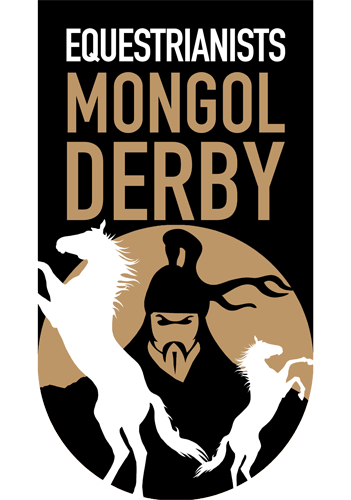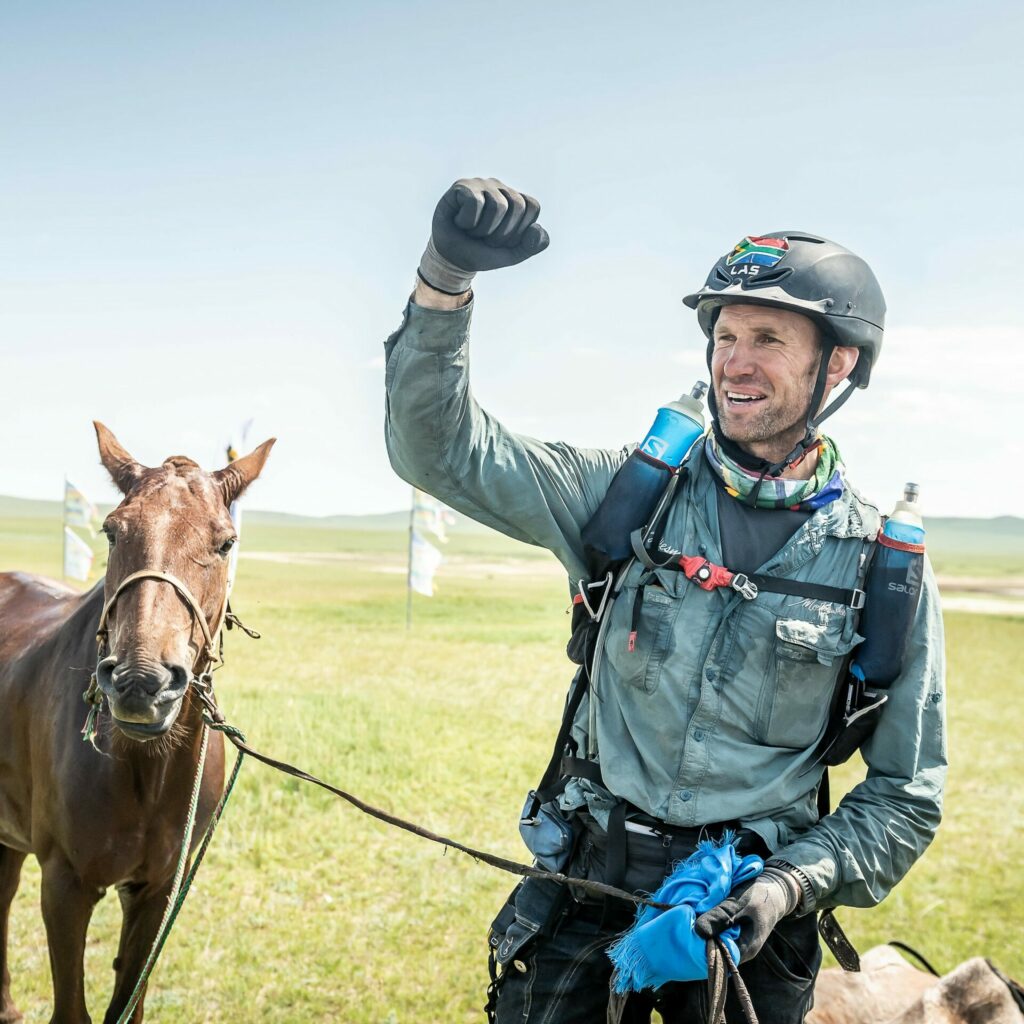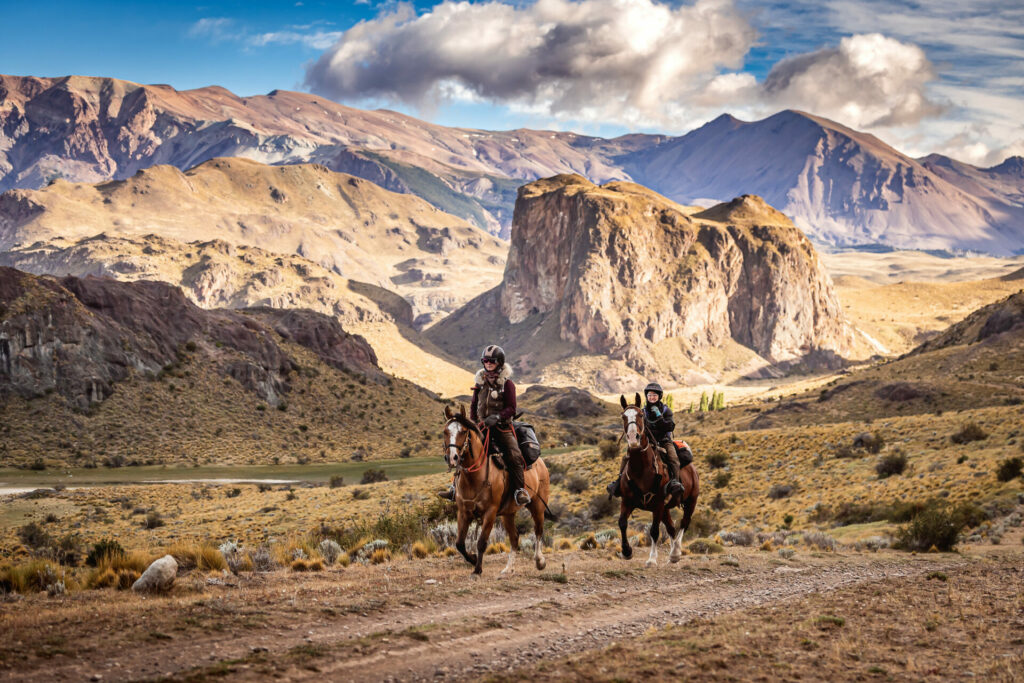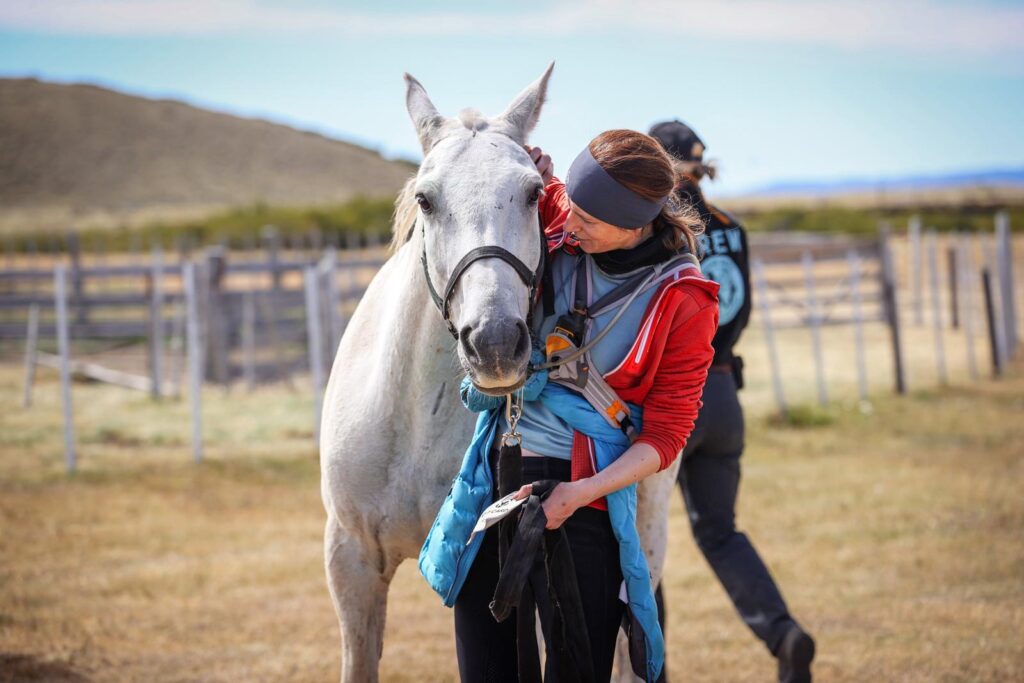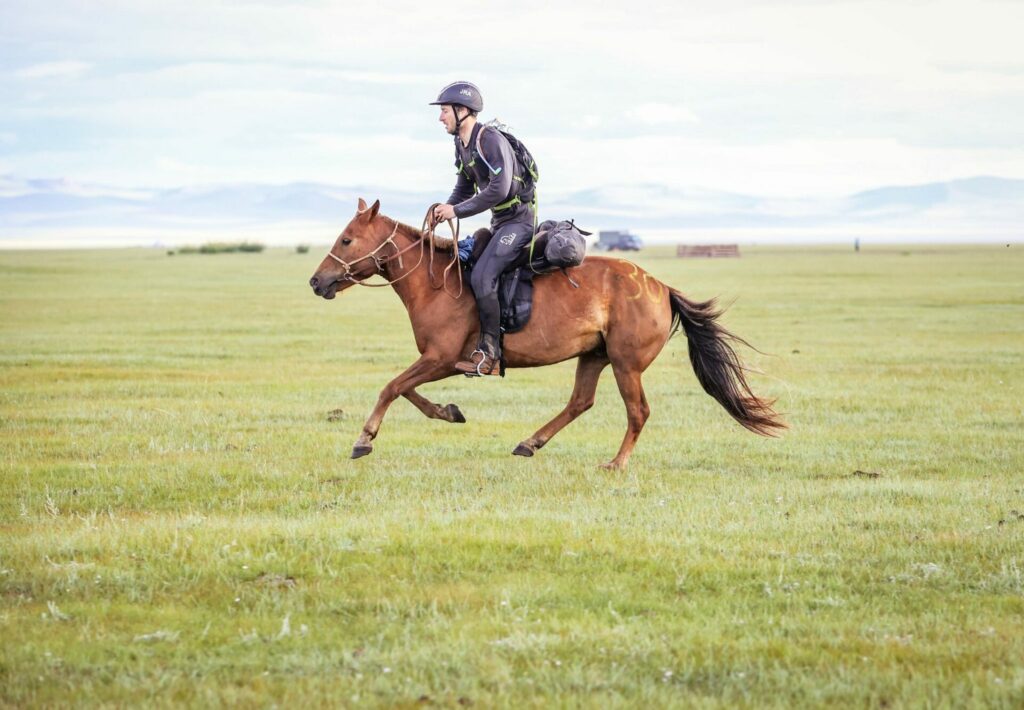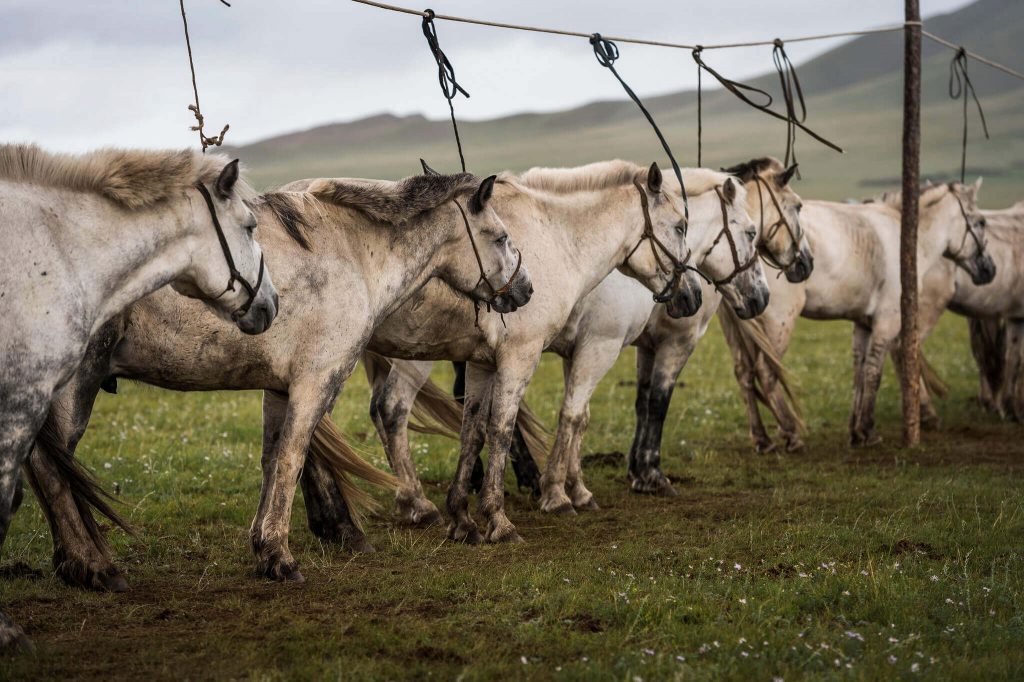
It is easy to conquer the world from the back of a horse…
…said Chinggis Khan.
Mongolian horses were the intercontinental ballistic missiles of the thirteenth century. They carried the all-conquering Mongol warriors across half the world. Diminutive, sturdy, fearless, wild and unbelievably tough, they are revered in Mongolian culture. They have changed very little over the centuries, remaining essentially free from human interference.
Of the three million horses inhabiting the vast Mongolian steppe, the great majority of them live in huge quasi-feral herds. They live, eat and die here, having to survive temperature extremes from -40°C in winter to +30°C in the summer. They eat grass and little else, drink water as they find it and are rarely given any nutritional extras by their human partners.
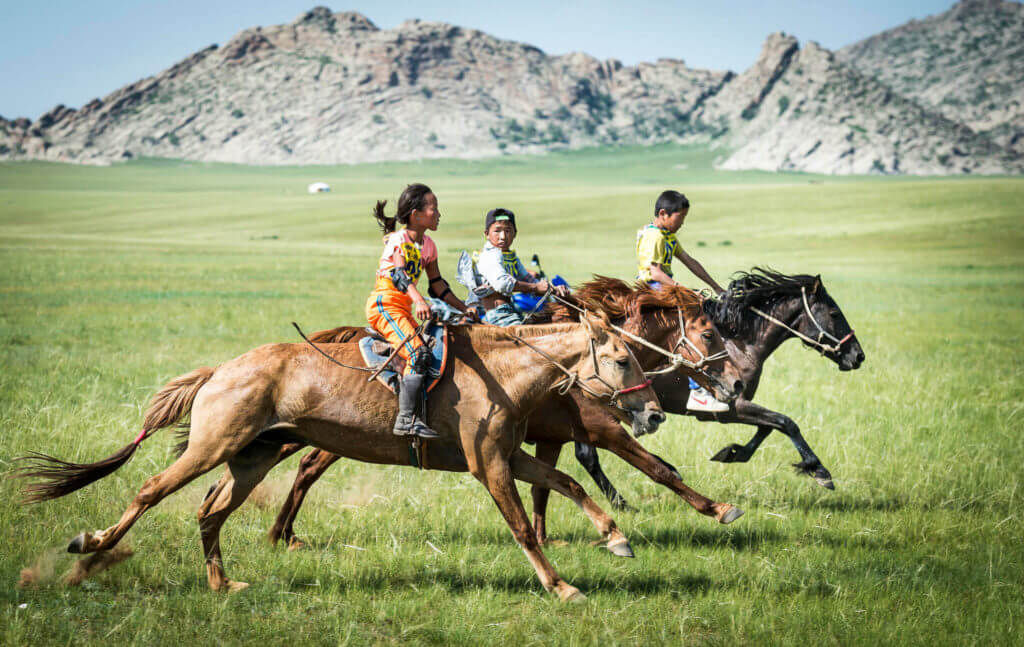
A Mongol without a horse is like a bird without wings
Mongolia remains one of the last places on earth where the relationship between man and horse is symbiotic. To the nomadic Mongolians living on the steppe, the horses are an integral part of their culture.
The male horses are used for transportation, racing and occasionally meat. The mares are rarely ridden but are used for breeding and milk (being milked up to six times a day in summer). Most of the horses are ‘owned’ by a herder or family, and are brought in a few times a day in a similar way to gathering cattle in other cultures.
Racing plays an important part in the Mongolian social culture and approximately half of the herding families keep one or two racehorses. ‘Naadams’, or race meetings, happen four or five times over the summer, from very local meets right up to the massive National Festival in the capital city of Ulaanbataar in July. The children also race yearling and two year old horses over shorter distances (minimum 5 kms).
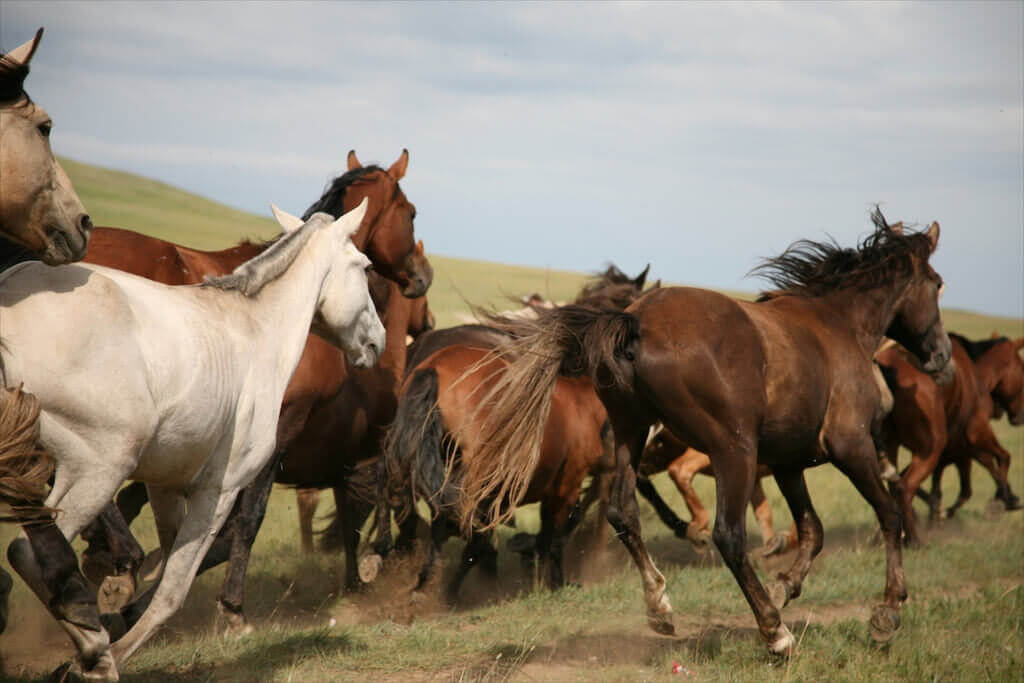
Mongolians see horses the way most people see their cars
The Mongolian riding style varies greatly from western equitation in that Mongolians leave the horse a great amount of freedom in a given situation whilst they perform other tasks. They do not expect to completely control the horse, but trust it to do its job and find the best way through. Therefore, if a western rider gets on a Mongolian horse and expects absolute control, the Mongolian horses rebel.
Most Mongolian horses have five gaits instead of four (the fifth being a running walk), and most seem to prefer cantering in virtually any situation.
Mongolian horses are not monitored by any kind of breeding society: Mother Nature is the registry association for the breed. If they can’t survive the weather, terrain and a diet consisting only of plants available to them on the steppe, then they won’t survive to breed.
Often working up to the age of 18, these supremely tough beasts are a complete contrast to the steroid-enhanced endurance horses that are in the news so much today. In a land locked country of only three million people, the three million horses remain integral to everyday life in Mongolia.
